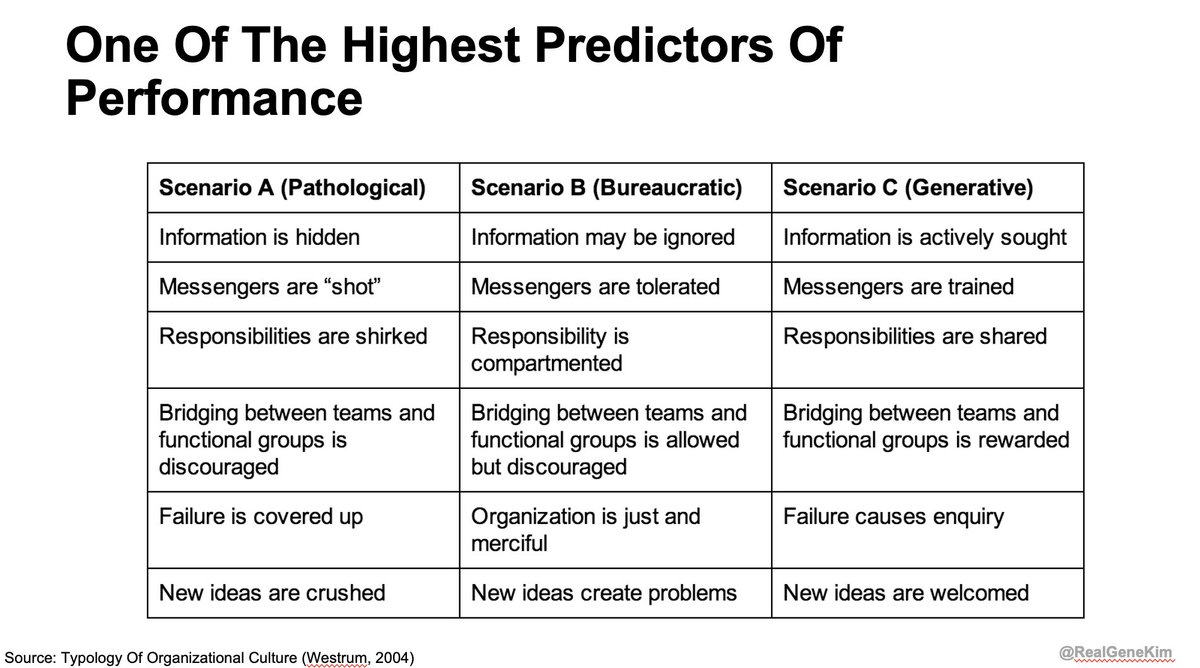WSB pump of $GME exhibits a number of gamelike elements:
1. resource mechanics
2. multiplayer social mechanics
3. progression mechanics
4. multi-system interactions
5. prediction complexity, and
6. a powerful player fantasy to tie them together
2/
1. Just by itself, the stock market is an engrossing game (for those who can afford the time and money). It's got a variety of simple resource mechanics (buy / sell stocks), more complex mechanics (buy / sell options), super complex mechanics (would you like some futures?) ... 3/
... and a very high analytic complexity (which mechanic should I apply to maximize return, short term or long term?).
Like in chess, this analysis is very hard but therefore interesting.
And the system gives somewhat clear feedback about how well you're playing ($$$). 4/
2. Now WSB specifically adds social mechanics. Being a lone wolf timing the market is one thing - but banding together to see what you can do together, now that's something else!
Specifically WSB allows not just socializing/meta, but also for coordination. 5/
If we were to apply Bartle's player archetypes, I think there's enough variety on WSB to satisfy all four player types (achievers, socializers, explorers, and killers).
And the social mechs are *themselves* gamified by Reddit with upvotes and comment theads. 6/
But there's something extra in the $GME pump - the social mechanics are guild-based and cooperative.
Like when you join a guild in MMOs, WSB hints to people that if they band together, they can make an impact on the game world, in a way that they never could if they solo'd. 7/
3. All this relies on having feedback about how well the player is playing, which is simple: players work together, stonks go up!
Or that's the promise at least, and most of the time it doesn't work, but *sometimes* it does. And figuring that out is an interesting challenge. 8/
Like in chess, which also has very weird progression mechanics - most of the time you don't get a lot of feedback, until the very end.
But with experience, you can start to learn how to read the game board.
Trying to "figure out the game" is part of the allure. 9/
4. On top of that we have multi-system interactions. $GME pump doesn't exist in a vacuum, it *relies* on there being a network of other participants, especially rational self-regulating actors who are trying to maintain a consistent risk exposure. 10/
And those actors can behave in somewhat predictable ways (like buying back stock when its price goes up to decrease risk).
You know where else we can find non-player boss characters who have predictable behaviors, and can be kited around by a coordinated team?
MMOs. :)
11/
Which is not to say that WSB is nearly as coordinated or successful as a guild raid.
Just that predictable systems invite game-like experimentation. And zero-fee brokerage accounts made MMO-scale stock market experimentation very very cheap. 12/
5. Then analytic complexity and uncertainty mechanics come in. There's a lot of uncertainty in price movements, but they're not random per se.
And game players are used to making & testing causal theories about what works or doesn't & what large-scale rules of the game are.
13/
And it's not specific to games - people inherently enjoy figuring things out and learning about how things work (cf. Koster).
And markets are uncertain but not random, so you can go really deep into trying to figure them out. (Who here has seen the movie "π" ? :) ) 14/
6. And finally, but not the least of these elements - let's not forget player fantasy.
Players aren't *just* doing it for the money. They're doing it to stick it to Wall Street. 15/
I mean, money is not nothing. But even if you lose, you're sticking it to the hedge funds that prey on weak companies, to market intermediaries who somehow make a profit no matter which way the market turns, etc. 16/
(And let me clarify that by "player fantasy" I mean this in the technical sense, of what is the role presented to the player by the rules of the game. For example, in Risk, the player fantasy is that of being a general; in Monopoly, they're an ambitious landlord, etc.) 17/
So what's the player role presented by the rules of this game?
It's not Gordon Gekko (although I'm sure some players would respond to that).
It's much more ambiguous and ambivalent. It's a player fantasy of exploiting a corrupt machine using the tools of its own creation. 18/
And maybe that's not so surprising? Campbellian-style monomyth has been a touchstone of pop culture from Lord of the Rings to Star Wars to the X-Men.
But in any case - a good game needs a good player fantasy, and this one delivers. :) 19/
So... where does this go?
One, a mania like this puts GameStop in a super awkward position.
What can GameStop do with this? How can they respond, when everyone knows this rally is divorced from fundamentals? This is going to be massively disruptive for them. 20/
Two, now that we have existence proof of dirt-cheap MMO-scale market pumps, we're going to see more attempts to replicate it.
But, just like MMOs, the more of them there are, the smaller population in each, and the faster they'll peter out. 21/
And points one and two feel like they're just *begging* for regulatory intervention, and soon.
But for now, we get to see what it would look like if someone started playing a game with low-cost stock market mechanics.
And it turns out, the game gets pretty weird. :)
22/22

